Director’s Note
For more information about EM&V Forum topics and events, please contact Elizabeth Titus.
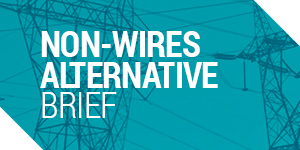 Non-Wires Alternative Brief
Non-Wires Alternative Brief
States are taking a variety of approaches to Non-Wires Alternatives (NWA) projects. This brief provides:
- Updates on the projects captured in the Forum’s January 2015 report titled Energy Efficiency as a Transmission and Distribution Resource: Lessons from Recent U.S. Efforts to Use Geographically Targeted Efficiency Programs to Defer T&D Investments;
- NWA project solicitations since the report;
- Insight into the related policy proceedings in the NEEP region and opportunities and challenges shaping the future of NWA deployment in the NEEP region.
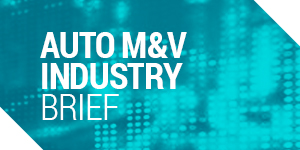 EM&V 2.0 Brief
EM&V 2.0 Brief
The Auto M&V Industry Brief looks at how the industry (aka M&V 2.0) continues to evolve and grow. It provides results of a scan of many companies’ software tools conducted late in 2016, supplemented with case studies from Firstfuel, Gridium, EnerNoc, OPower, EnergySavvy and Resi Speak illustrating the publicly available information describing existing experience with some of these products. Key takeaways are that:
- Focus is on commercial;
- Majority of SaaS vendor clients are utilities;
- SaaS vendors are having impacts across the globe;
- Granularity is key.
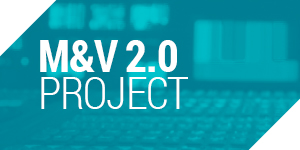 M&V 2.0 Project
M&V 2.0 Project
Late in 2016, CT DEEP was awarded a three-year State Energy Partners regional research grant from US DOE for “Standardized, Sustainable and Transparent EM&V - Integrating New Approaches” – a project to conduct pilots as well as background research on M&V 2.0 to understand its applicability as an evaluation tool and to prepare guidance to assist states in use of M&V 2.0 tools. Eversource CT, United Illuminating, NEEP and LBNL and other states (NY, RI, VT, NH, DE, DC, PA) are members of the project team.
This quarter the project has been in start-up mode. Ongoing discussions between LBNL, CT DEEP, CT utilities and NEEP are facilitating the selection of the C&I energy efficiency programs to include in the C&I pilot project. LBNL is advising on the design of the pilot and selection of project sites to study with M&V 2.0 software. Utilities are tackling the requirements to allow confidential data transfer to LBNL. NEEP is updating its industry scan and has also begun background research on whole-building and M&V2.0 related efforts taking place in the region while CT DEEP is finalizing the administrative arrangements. In a companion effort, funded separately, LBNL is convening a stakeholder group that will include members of this project team for the purpose of getting regulatory and expert input on acceptance criteria and confidence and precision targets appropriate
NEEP will be facilitating two webinars and a meeting later this year focusing on M&V 2.0 topics.
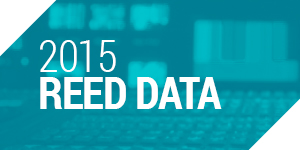 2015 REED Data
2015 REED Data
2015 data is live on the Regional Energy Efficiency Database. A quick teaser of the data: average per capita investment increased to $47 in 2015, up one dollar from 2014 mark of $46. In 2015, $39 originated from electric program investments compared to $8 of natural gas investment. For more analysis, please stay tuned for the next issue of REED Rendering and visit REED.
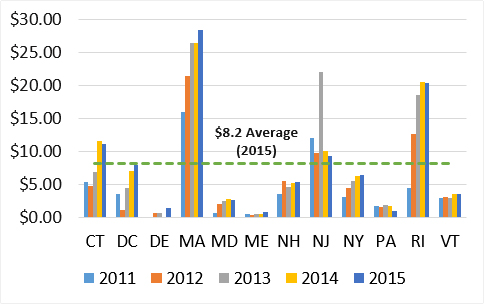
|
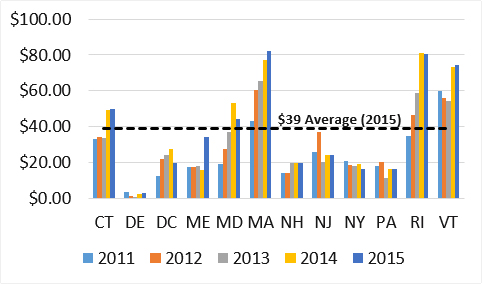
|
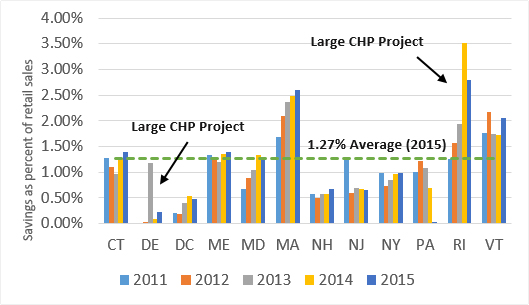
|
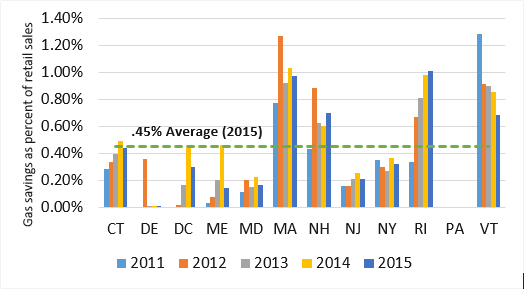
|
Forum Updates
Intelligent Efficiency Conference – Takeaways: In December, NEEP joined efficiency and technology experts from around the continent at the ACEEE Intelligent Efficiency Conference. Tracks looked at integrating distributed resources, opportunities in efficiency programs, management and measurement of data, and connecting the dots. NEEP contributed multiple presentations on our home energy management systems initiative. Takeaways are that the areas for further discussion are focused on current opportunities for EE, DR, and DERs; the need for a data management plan in place from the beginning; and need to clarify expectations in EM&V.
Advanced Metering Infrastructure (AMI) Report Released: This report and associated blog post provide insight into utility trends regarding AMI deployment costs and benefits within the NEEP region, including analysis of both the costs and benefits for retrospective and prospective AMI deployment proposals, highlighting any outlying factors included in each proposal.
January REED Rendering Released: This blog post highlights energy savings, avoided emissions, and program type comparisons from the 2015 REED Data.
Mid-Atlantic TRM Update scheduled for release in May 2017: The draft update is under development, with review scheduled for April.
Cost-Effectiveness Guidance In Draft Undergoing Review: National Standard Practice Manual for Assessing Cost Effectiveness of EE Resources prepared by National Efficiency Screening Project (NESP). This builds on the Forum Guidance; NEEP provided comments. The final product is expected in April 2017.
White Paper on Net Savings Evaluation of Midstream MT Programs under development: EPA and DOE are collaborating on a white paper on guidance; NEEP is a member of the group of evaluators contributing to this effort.
Evaluator Certification: Phase two is under development, facilitated by Lawrence Berkeley National Labs, with a focus on development of an entry level certification, building on the Scoping Study that NEEP facilitated.
Evaluation guidance from Clean Power Plan publicly available: EPA withdrew draft documents it had proposed when it issued the Clean Power Plan, including the draft Model Trading Rules and draft EM&V Guidance for Demand-Side Energy Efficiency. While withdrawing these, the EPA made working drafts available to the public in order to share the agency’s work to date and aid states that are considering or are already implementing policies and programs that would cut carbon pollution from the power sector. The EPA specifically notes, in a blog post announcing the withdrawal, that “states interested in using or expanding energy efficiency programs” might find the Samaterial presented in the draft EM&V Guidance useful.
National Energy Efficiency Registry (NEER) development is ongoing. NEEP participates in the working group reviewing NEER developments. Informational webinars are being organized and NASEO is helping states with roadmaps that discuss useful applications of NEER and how NEER could be adopted in the six partner states (TN, GA, PA, MI, MN, OR).
